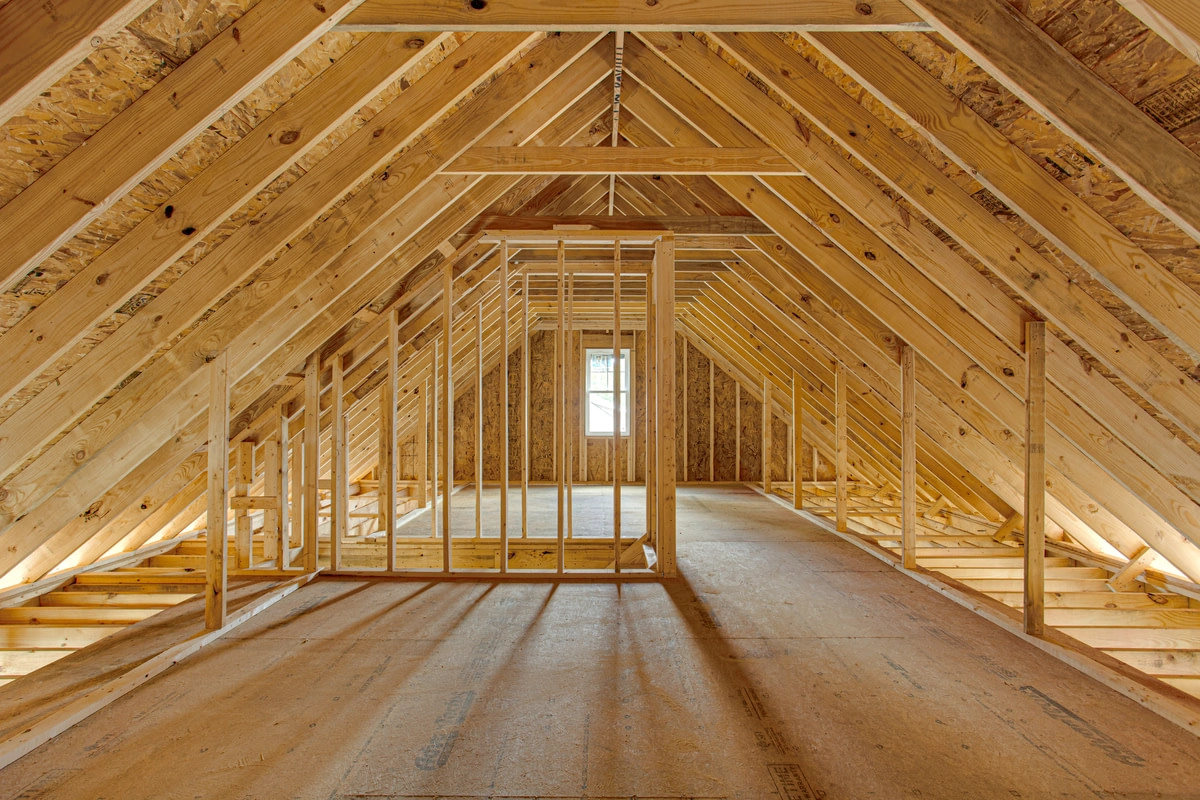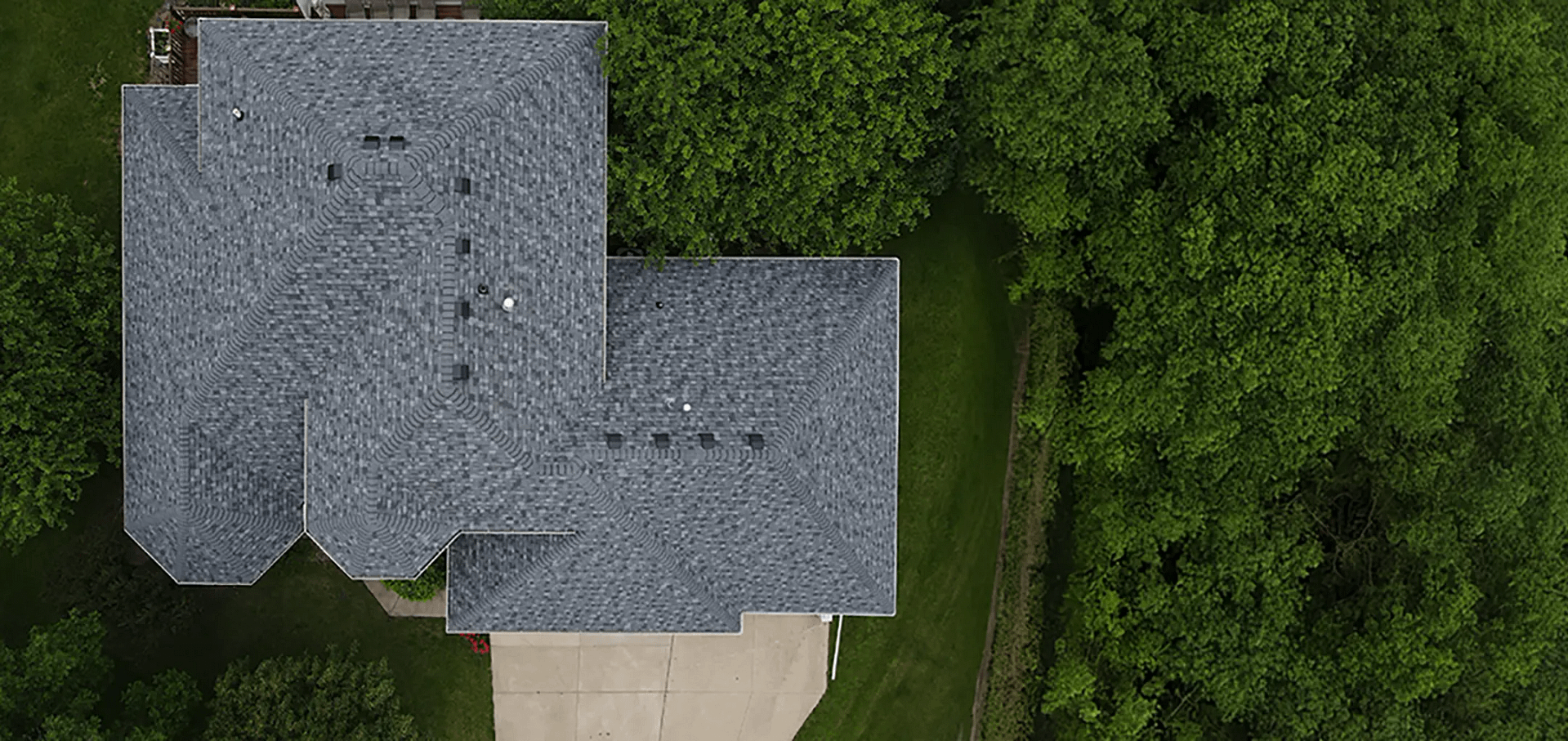Attic Rain and ice dams are common roofing issues faced by homeowners, especially during the winter season. While they may seem like minor inconveniences, they can lead to significant damage if left unaddressed. In this blog post, we’ll delve into what attic rain and ice dams are, their causes, effects on your home, and effective solutions to mitigate them.
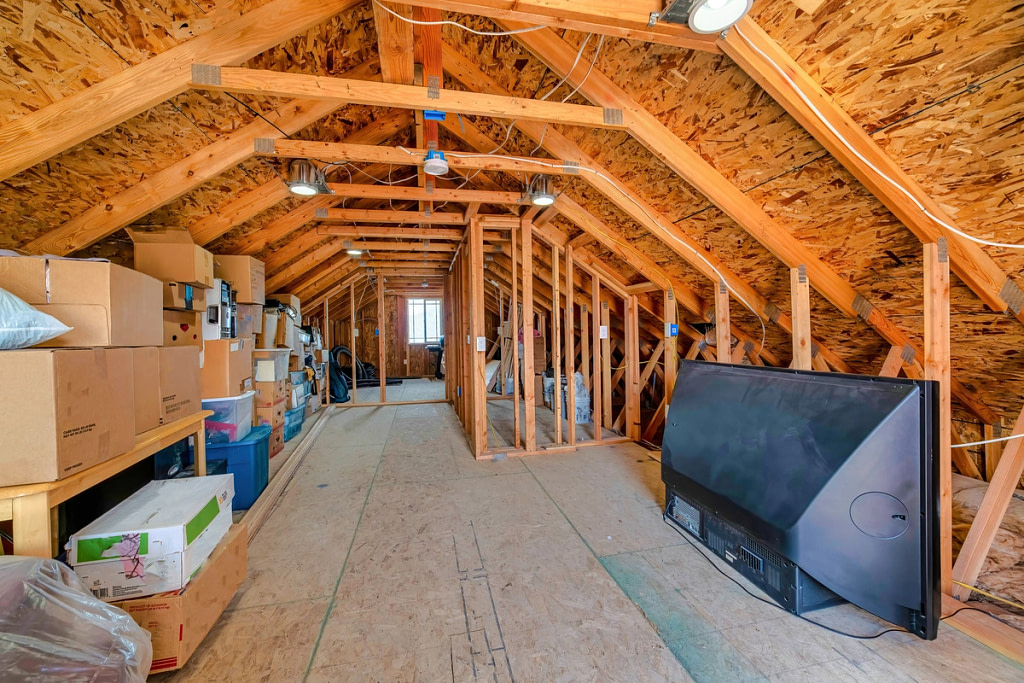
What is Attic Rain?
Attic rain, also known as attic condensation, occurs when warm, moist air from within the house rises into the attic and meets cold surfaces. This condensation can accumulate and start to “rain” back down, causing issues like mold growth, rotting wood, and insulation damage. Attic rain is a common issue faced by homeowners, especially during the winter season.
Symptoms and Consequences
Attic rain can cause a range of symptoms, including water stains on ceilings and walls, musty odors, and mold growth. If left unaddressed, attic rain can lead to significant damage, including structural damage, compromised insulation effectiveness, and increased energy bills. In severe cases, attic rain can even lead to pest infestations and reduced property value.
Detecting and Diagnosing Issues
Detecting and diagnosing attic rain issues requires a combination of visual inspections and specialized equipment. Homeowners can look for signs of attic rain, such as water stains, musty odors, and mold growth. However, a thorough inspection by a professional is often necessary to identify the root cause of the issue. Thermal imaging technology can help identify areas where moisture is accumulating, and simple tactile assessments can also be used to detect attic rain issues.
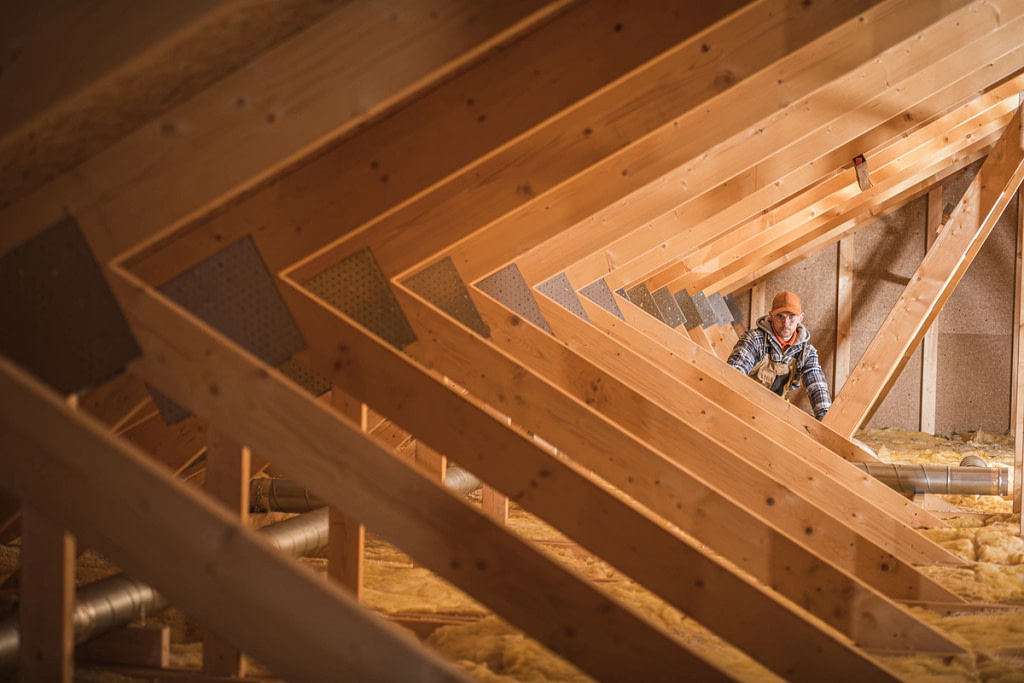
Causes of Attic rain:
- Inadequate attic ventilation: Poor ventilation traps warm, moist air in the attic, increasing the likelihood of condensation.
- Inadequate insulation: Insufficient insulation allows heat from the living space below to escape into the attic, contributing to temperature differentials that lead to condensation.
- Air leaks: Gaps or cracks in the attic floor or ceiling allow warm air to enter the attic, exacerbating the condensation problem.
Effects of Attic Rain:
- Mold and mildew growth: Excess moisture creates an ideal environment for mold and mildew to thrive, leading to health issues and structural damage, especially when frost forms on roof sheathing and melts.
- Structural damage: Moisture can compromise the structural integrity of the attic, causing wood rot and decay, particularly on the roof trusses underside where frost can accumulate and melt.
- Reduced energy efficiency: Condensation can dampen insulation, reducing its effectiveness and increasing energy bills as heating systems work harder to maintain desired temperatures.
Preventing Attic Rain:
- Improve attic ventilation: Install ridge vents, soffit vents, or attic fans to ensure proper airflow and reduce moisture buildup.
- Increase insulation: Add or upgrade insulation to minimize heat transfer between the living space and the attic.
- Seal air leaks: use caulking or weatherstripping to seal gaps and cracks in the attic floor or ceiling to prevent warm air infiltration.
Avoiding Attic Rain through Maintenance
Preventing attic rain requires regular maintenance and attention to detail. Homeowners can take steps to avoid attic rain by ensuring proper attic ventilation, sealing air leaks, and managing excess moisture. Installing a heat recovery ventilator can help remove excess moisture from the air, while ensuring that roof vents are clear and functioning properly can help prevent ice dams. Regular inspections and maintenance can help identify and address issues before they become major problems.
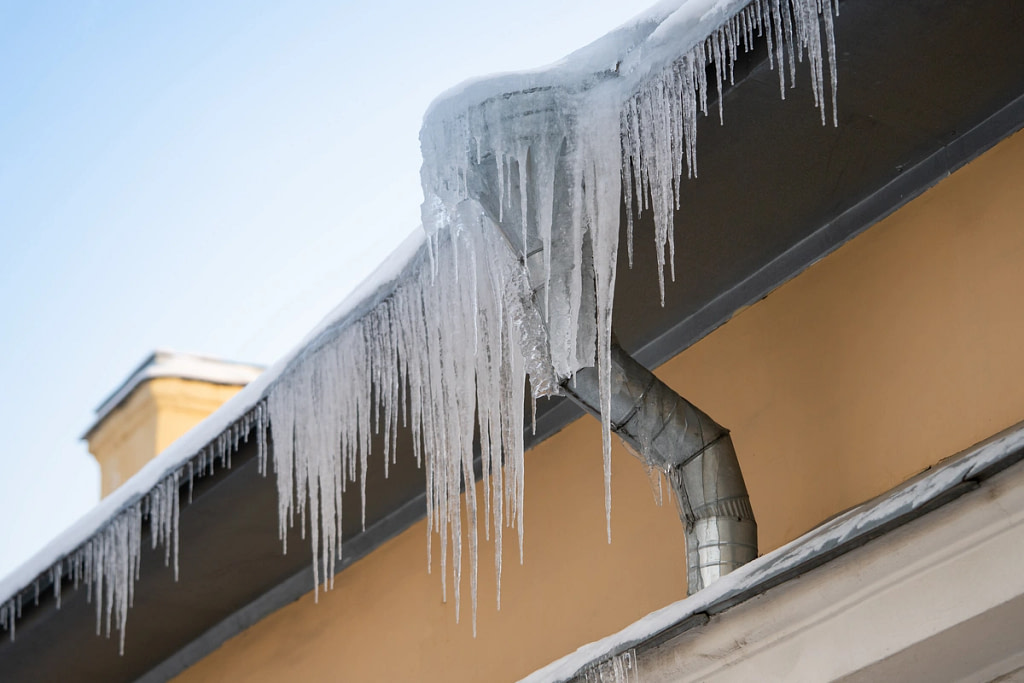
What are Ice Dams?
Ice dams form when snow on the roof melts, runs down to the eaves and refreezes, creating a barrier that prevents proper drainage. This trapped water can seep under shingles, causing roof leaks and water damage to the interior of the home.
Causes of Ice Dams:
- Inadequate attic insulation: Heat escaping from the attic melts snow on the roof, contributing to ice dam formation.
- Uneven roof temperatures: Poor ventilation and insulation can lead to temperature differentials across the roof, causing uneven snowmelt and ice dam formation.
- Sun exposure: The sun’s heat can melt snow on the roof, which refreezes at the cooler eaves, forming ice dams.
Effects of Ice Dams:
- Roof damage: Ice dams can lift shingles, leading to roof leaks and water infiltration.
- Gutter damage: The weight of ice dams can cause gutters to sag or detach from the roof.
- Interior water damage: Water from ice dams can seep into the attic and walls, causing stains, mold growth, and structural damage.
Preventing Ice Dams:
- Improve attic insulation: Proper insulation reduces heat loss from the attic, minimizing snowmelt on the roof.
- Enhance attic ventilation: Adequate ventilation helps maintain consistent roof temperatures, preventing ice dam formation.
- Remove snow: Use a roof Rake to safely remove snow from the roof, especially after heavy snowfall, to prevent ice dam formation.
Attic rain and and ice dams pose serious threats to the integrity and safety of your home. By understanding their causes and effects, you can take proactive measures to prevent these issues and protect your home from costly damage. Invest in proper attic insulation, ventilation, and maintenance to ensure a dry and healthy living environment year-round.
Why Separating Your Attic from Living Space Matters for Home Health and Efficiency
Properly separating attic space from the conditioned living space is essential for maintaining energy efficiency, preventing moisture problems, and extending the life of your roof. When warm, moist indoor air seeps into the attic, it can condense on cold surfaces and lead to serious issues like mold growth, wood rot, and even structural damage.
Building science experts recommend creating a continuous air barrier between these two zones to stop the uncontrolled exfiltration of air. This prevents heated indoor air from rising into the attic, where it cools and releases moisture. Ventilation systems like soffit-to-ridge passive ventilation are critical for regulating attic temperature and humidity by promoting natural airflow through convection and the stack effect.
By ensuring proper separation and ventilation, homeowners can protect their attic from moisture-related damage, lower energy consumption, and contribute to a healthier indoor environment.
Take the Next Step Toward a Safer, More Efficient Home
If you’ve noticed signs of moisture in your attic now is the time to act. A properly sealed and ventilated attic doesn’t just prevent attic rain and ice dams; it also supports healthier indoor air quality, stronger roofing performance, and lower utility bills over time.
For expert guidance tailored to your home’s specific needs, trust the professionals at Young Construction. Our experienced team specializes in roofing, insulation, and ventilation solutions designed to protect your investment and enhance your home’s efficiency. Contact us today to schedule an assessment and secure your peace of mind for the seasons ahead.
FAQs
Does attic rain cause mold?
Yes, attic rain can cause mold if moisture buildup isn’t addressed quickly. When warm indoor air rises and condenses on cold attic surfaces, it creates excess moisture that can lead to mold growth. Mold thrives in damp, humid conditions, and prolonged exposure can damage insulation, wood structures, and air quality in the home.
How to fix an attic rain ceiling?
To fix an attic rain-damaged ceiling, first, identify and address the moisture source by improving attic ventilation and sealing air leaks. Replace any damaged insulation and ensure proper vapor barrier installation. If mold is present, clean and treat affected areas before repainting the ceiling with mold-resistant paint.
How do I know if my attic is leaking?
Signs of an attic leak include water stains or discoloration on ceilings and walls, damp insulation, a musty smell, and visible mold or mildew. You may also notice frost buildup in winter, which later melts and causes water damage. Checking for wet spots after heavy rain or rapid temperature changes can help confirm a leak.
